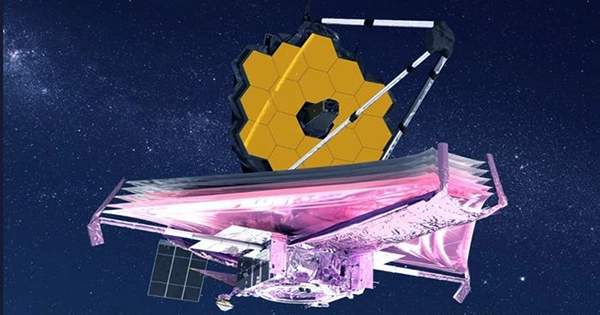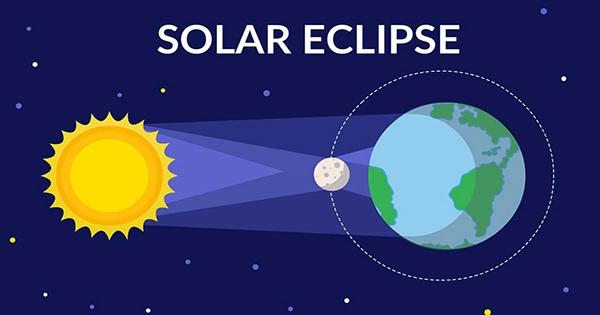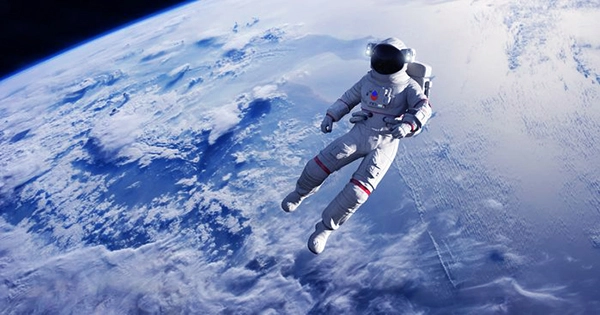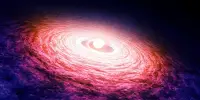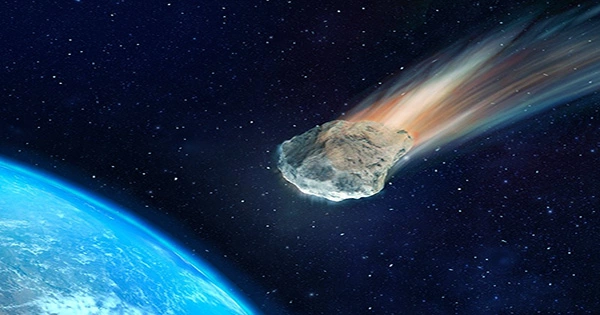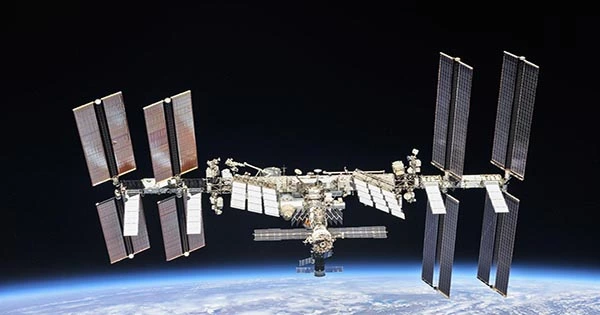The first photographs from NASA’s innovative next-generation space telescope JWST were released today, depicting the first photons of light caught by the telescope as it aligned itself to see the universe’s oldest objects and events. While the announcement marks a watershed event in astronomy and the future of space exploration, the photographs themselves may be underwhelming. Don’t be discouraged; these photographs are intended for technical purposes when the telescope enters a three-month alignment period, not for our enjoyment. Until that phase is completed, the JWST’s fruits will not be suitable for desktop wallpaper.
Before we can expect the first real photographs from the telescope this summer, the procedure must go through numerous steps. The first step was to align the telescope with the spacecraft, which was accomplished by directing the telescope (and its component mirrors) onto the bright and isolated star HD 84406.
HD 84406 may be seen directly to the right of the “pan” if you look to the sky on a clear night (with a high-powered telescope, unfortunately) and spot everyone’s favorite constellation, the Big Dipper. In step two, the team will align the 18 photos of the star in a somewhat random position that was formed in the unfocused image, as well as modify the secondary mirror.
The telescope was repointed to 156 places around the star throughout the image capture procedure, which began on February 2, and 1,560 photos were generated using the Near Infrared Camera (NIRCam) instrument’s 10 detectors. The entire process took 25 hours, but NASA reported that the observatory was able to pinpoint the star in each of its mirror parts within the first 6 hours and 16 exposures. The photos were then stitched together to create a single mosaic that shows what each major mirror section saw in a single frame. The photos shown represent a small section of the mosaic, which NASA estimates to be around 2 billion pixels in size.
These photographs now represent the first 18 shots from a total of over 1,000 images, all of which are of a single star, thus their similarity. The images have huge technical value to the team working to make the telescope the most advanced eye into the universe the world has ever seen. The blurriness will go away as the mirrors align in time, but the images have huge technical value to the team working to make the telescope the most advanced eye into the universe the world has ever seen.
The JWST is currently “cooling out” while aligning the mirrors, as NASA describes it. The dark side of the JWST is slowly cooling down until it achieves a steady-state temperature at which the telescope will operate, now that the massive sunshield has deployed to shelter the intricate components of the telescope from the harsh sunlight and reflections from Earth. Between -223°C (-370°F) and -233°C (-388°F) is the temperature. It will take a few more weeks for the JWST to attain its final temperature in the frigid confines of orbit.
